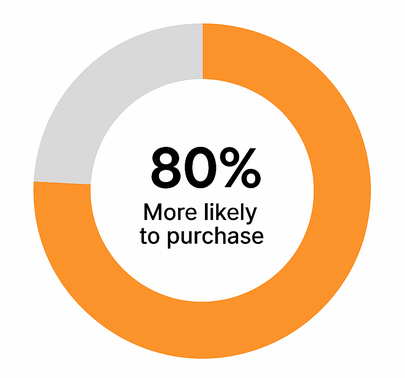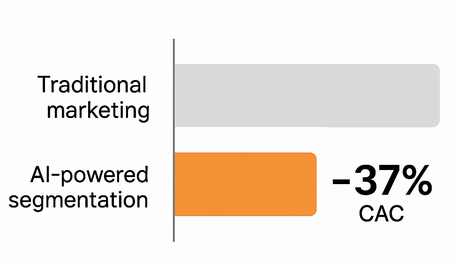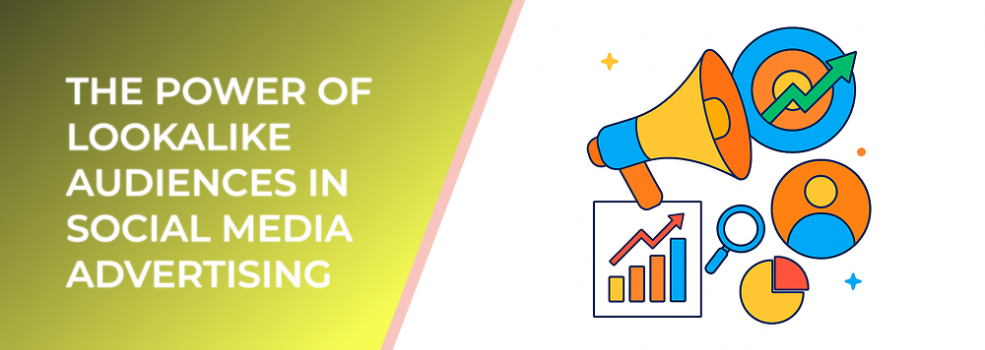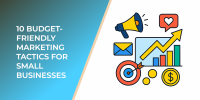This article breaks down actionable methods and insights backed by recent data to help you target the right people at the right time.
In today’s data-driven marketing world, success depends not just on how much you spend, but on how effectively you spend it. Audience segmentation allows businesses to deliver relevant, personalized ads that speak directly to their ideal customers. By dividing your audience into smaller, more targeted groups, you can significantly improve engagement, conversions, and overall ROI.
Why Audience Segmentation Matters
Generic ad campaigns are no longer effective in 2025. Consumers expect personalization. According to recent marketing studies, 80% of consumers are more likely to purchase from brands that deliver personalized experiences, while businesses that apply advanced segmentation strategies see up to 3x higher engagement rates compared to those using broad targeting.

A large majority of consumers (80%) say they are more likely to purchase when the experience is personalised
Smart segmentation empowers advertisers to:
-
Focus budgets on the most profitable customer groups
-
Craft tailored messages that resonate deeply
-
Optimize ad performance across channels
-
Reduce wasted ad spend
Key Types of Audience Segmentation
-
Demographic Segmentation: Age, gender, income, or education level are traditional yet powerful dimensions. Understanding who your customers are helps create ads that fit their lifestyles.
-
Behavioral Segmentation: Tracking online actions such as clicks, purchases, and browsing history reveals customer intent. This allows businesses to target users most likely to convert.
-
Psychographic Segmentation: Beyond demographics, this approach focuses on values, interests, and lifestyle. It’s about understanding why your audience buys, not just who they are.
-
Geographic Segmentation: Ideal for localized campaigns, this segmentation enables brands to customize offers by city, region, or even neighborhood.
Data-Driven Segmentation for Smarter Ads
AI and analytics tools make segmentation more precise than ever. Machine learning can uncover hidden audience patterns and predict behavior, allowing marketers to craft ultra-relevant campaigns.
For instance, companies leveraging predictive segmentation models have reported up to 35% lower customer acquisition costs and 25% higher retention rates. The key is to combine high-quality data with continuous testing to refine each audience group over time.
How to Optimize Your Segmentation Strategy
-
Collect comprehensive data: Use CRM systems, web analytics, and social insights to understand customer behavior.
-
Create detailed personas: Define motivations, needs, and pain points for each audience segment.
-
Test and refine: Regularly evaluate ad performance to see which segments respond best.
-
Automate personalization: Dynamic ad systems can adapt creative and messaging in real time for each user group.
The ROI Impact of Smarter Segmentation
Effective segmentation directly correlates with improved ROI. When ads reach the right people, conversion rates rise, and budgets stretch further. Marketers who rely on data-backed segmentation report 20–50% increases in campaign efficiency and stronger customer loyalty.

AI-driven segmentation and targeting can lower customer acquisition costs by roughly 37%
Segmentation isn’t just a marketing tactic—it’s a growth engine. By understanding your audience’s needs and behaviors, you can turn every dollar spent on ads into measurable business impact.
You might also like:

